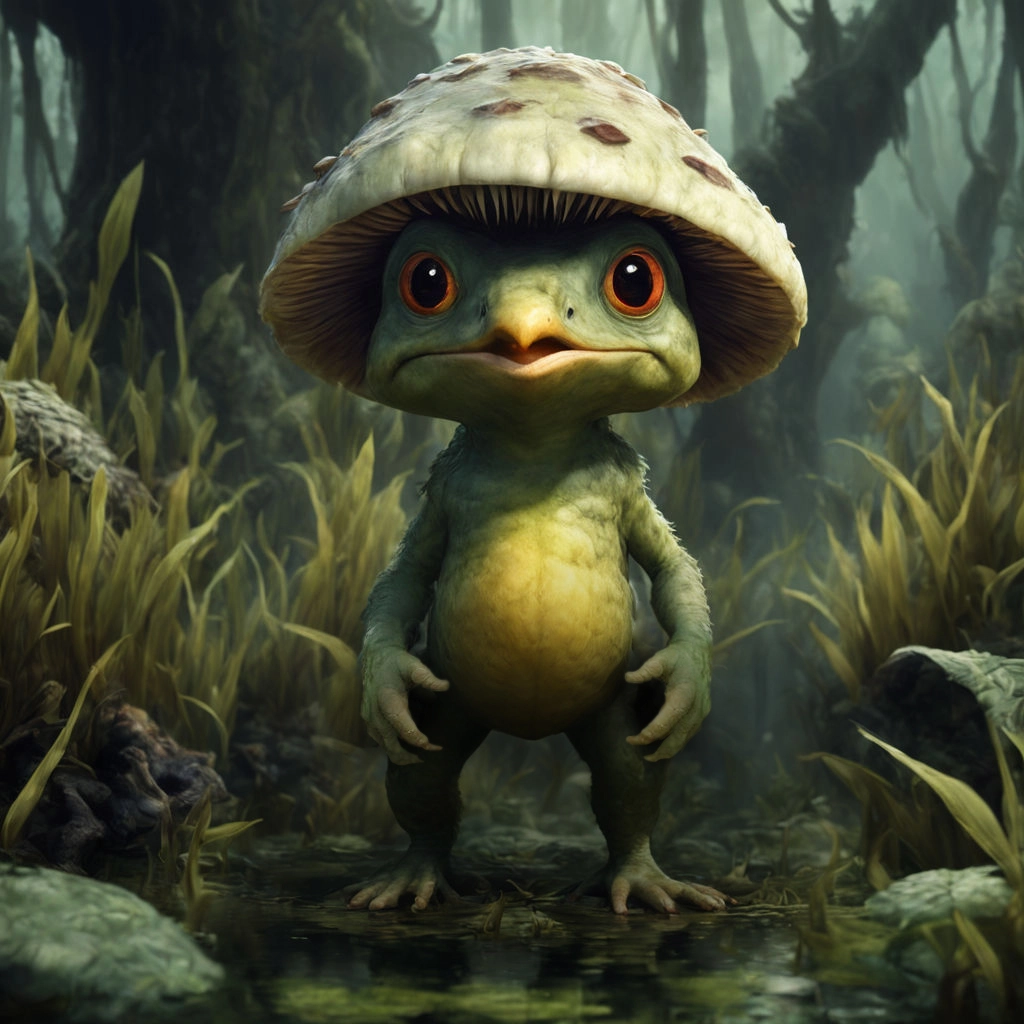The Kappa: A Complex Figure in Japanese Folklore

The Dual Nature of the Kappa
The Kappa is indeed a fascinating and complex figure in Japanese folklore. While it is often depicted as mischievous and playful, its behavior can also be quite sinister. This dual nature is reflected in its traditional portrayal, which includes its distinctive appearance: the size of a young boy, a turtle-like shell on its back, and an ape-like face with a depression on its head filled with water, which is said to be the source of its power.
Mischief and Malevolence
While the Kappa is known for innocent pranks such as theft and playing tricks on humans, there are darker aspects to its legend, including the belief that it may attack and harm humans, particularly women and children. The association with blood and draining the life force of victims adds to the sense of danger surrounding the Kappa. Despite these malevolent traits, not all depictions of the Kappa are uniformly negative. In some stories, Kappas are portrayed as guardians of water sources or as beings with a sense of honour who can be reasoned with or appeased through offerings, such as cucumbers.
Cultural and Regional Variations
The name “Kappa” is derived from the combination of the words “kawa” (river) and “wappa” or “warawa” (child), reflecting its association with water and its childlike size or appearance. Additionally, the term “Kappa” can also be translated as “water sprites,” highlighting their connection to bodies of water and their mischievous nature. It’s interesting to note that the Kappa is known by various regional names across Japan, with at least eighty other names recorded. This diversity in naming reflects the rich tapestry of folklore and local traditions found throughout Japan, with unique interpretations and stories surrounding the Kappa in different regions.
Physical Characteristics and Abilities
Kappa are indeed depicted as roughly humanoid beings, about the size of a child, and are believed to inhabit ponds and rivers throughout Japan. Their proficiency in water contrasts with their clumsiness on land, emphasizing their aquatic nature. The description of Kappa as greenish or yellow-blue in color, with scaly or slimy skin, webbed hands and feet, and a turtle-like carapace on their back, is consistent with traditional portrayals of the creature. The mention of their inhuman traits, such as three anuses for passing gas and unusual strength despite their small stature, adds to the fantastical nature of the Kappa legend.
Distinctive Traits and Behaviours
The association of Kappa with a fish-like smell and their ability to swim like fish further reinforces their aquatic characteristics. The detail about their arms being connected through the torso and their use of a metal cap for protection when venturing onto land adds to the rich mythology surrounding the creature. Overall, the Kappa embodies a blend of humanoid and animalistic features, making it a captivating figure in Japanese folklore with a distinct set of traits and behaviours.
Conclusion
The Kappa embodies the complex and multifaceted nature of yōkai in Japanese culture, with its portrayal ranging from mischievous trickster to malevolent predator to protective guardian, depending on the context and interpretation. The enduring popularity of the Kappa in folklore, literature, and popular culture speaks to its significance as a cultural touchstone and its ability to inspire both fear and fascination. This complex figure continues to captivate the imagination, reflecting the rich traditions and diverse storytelling that characterize Japanese folklore.

